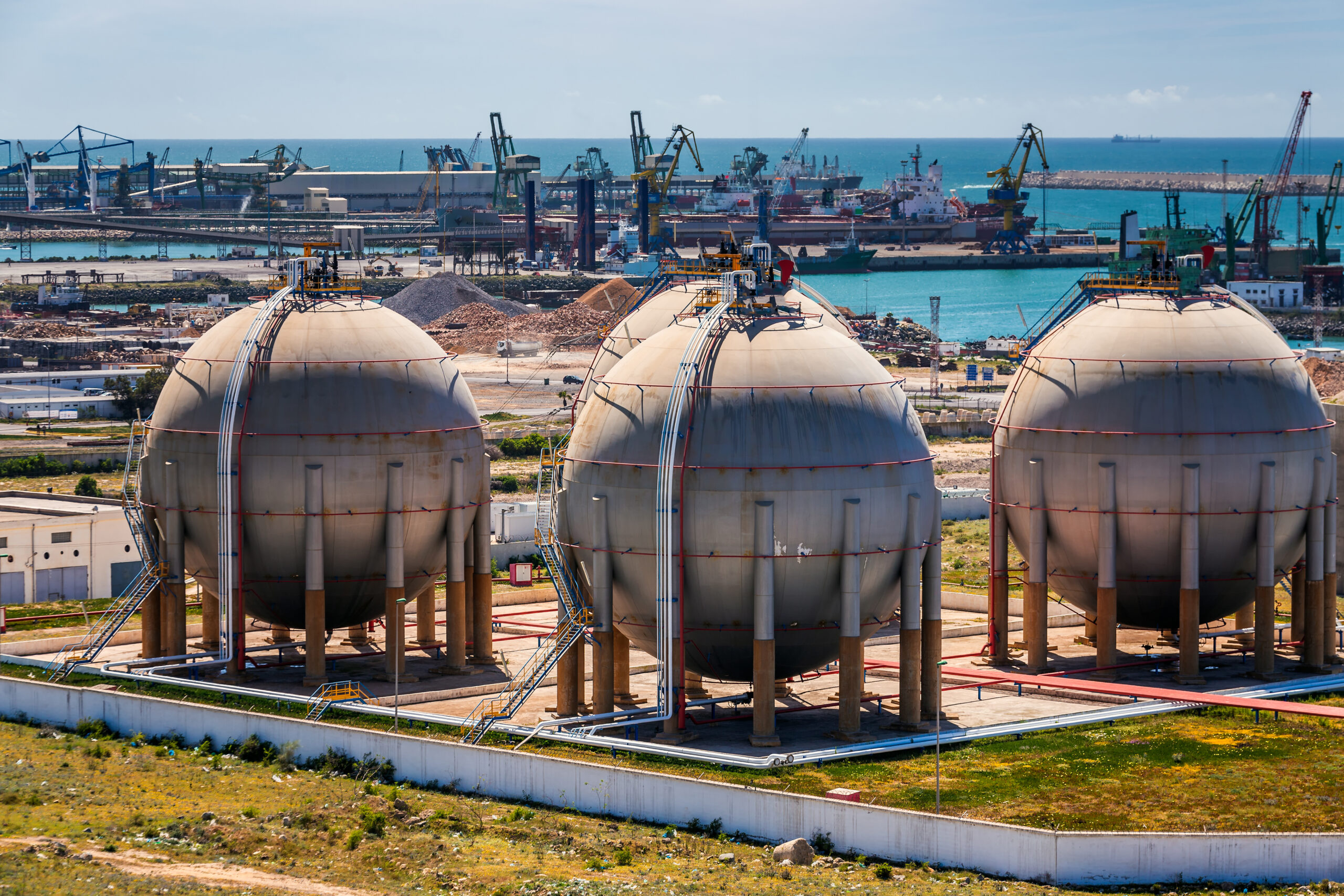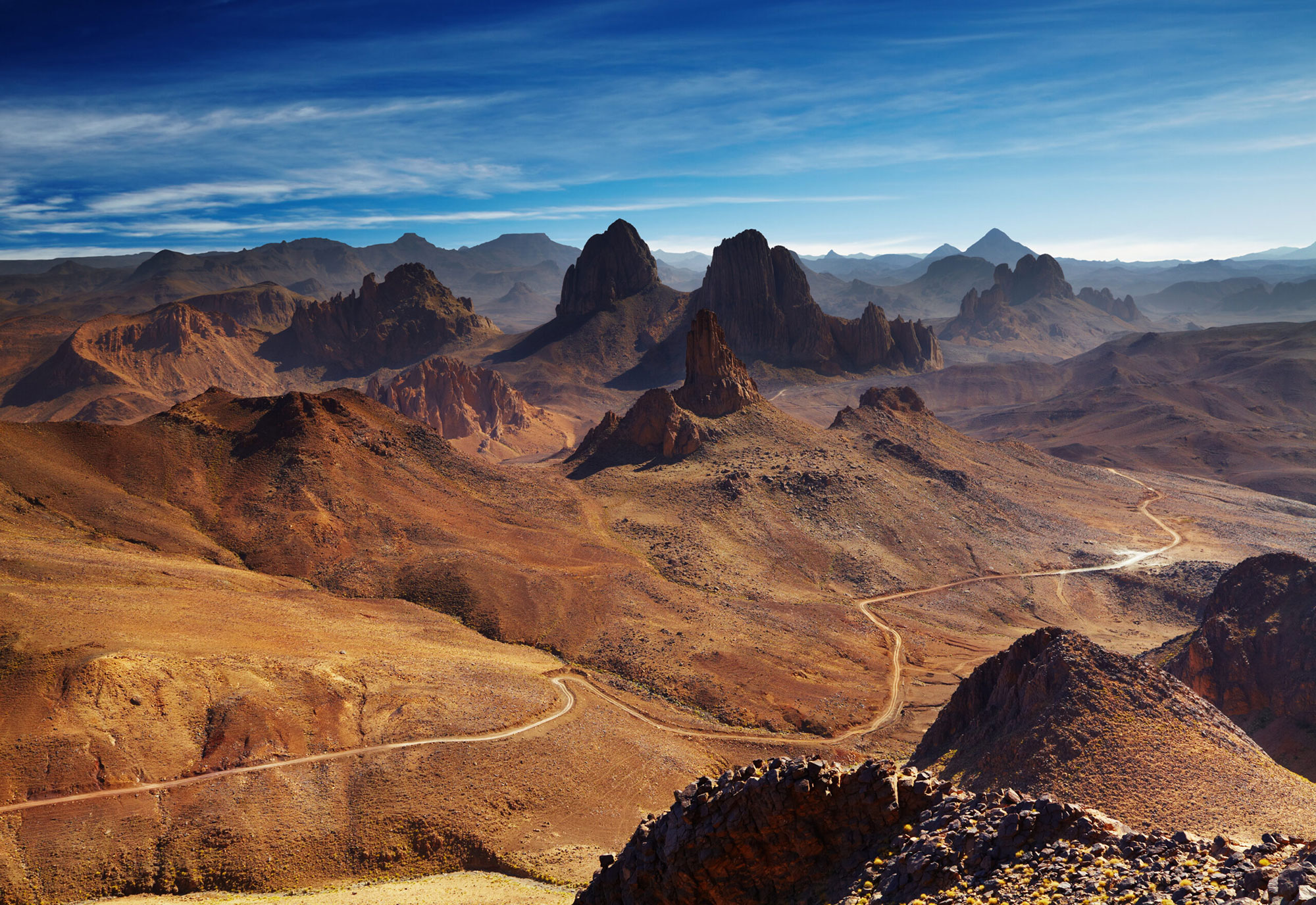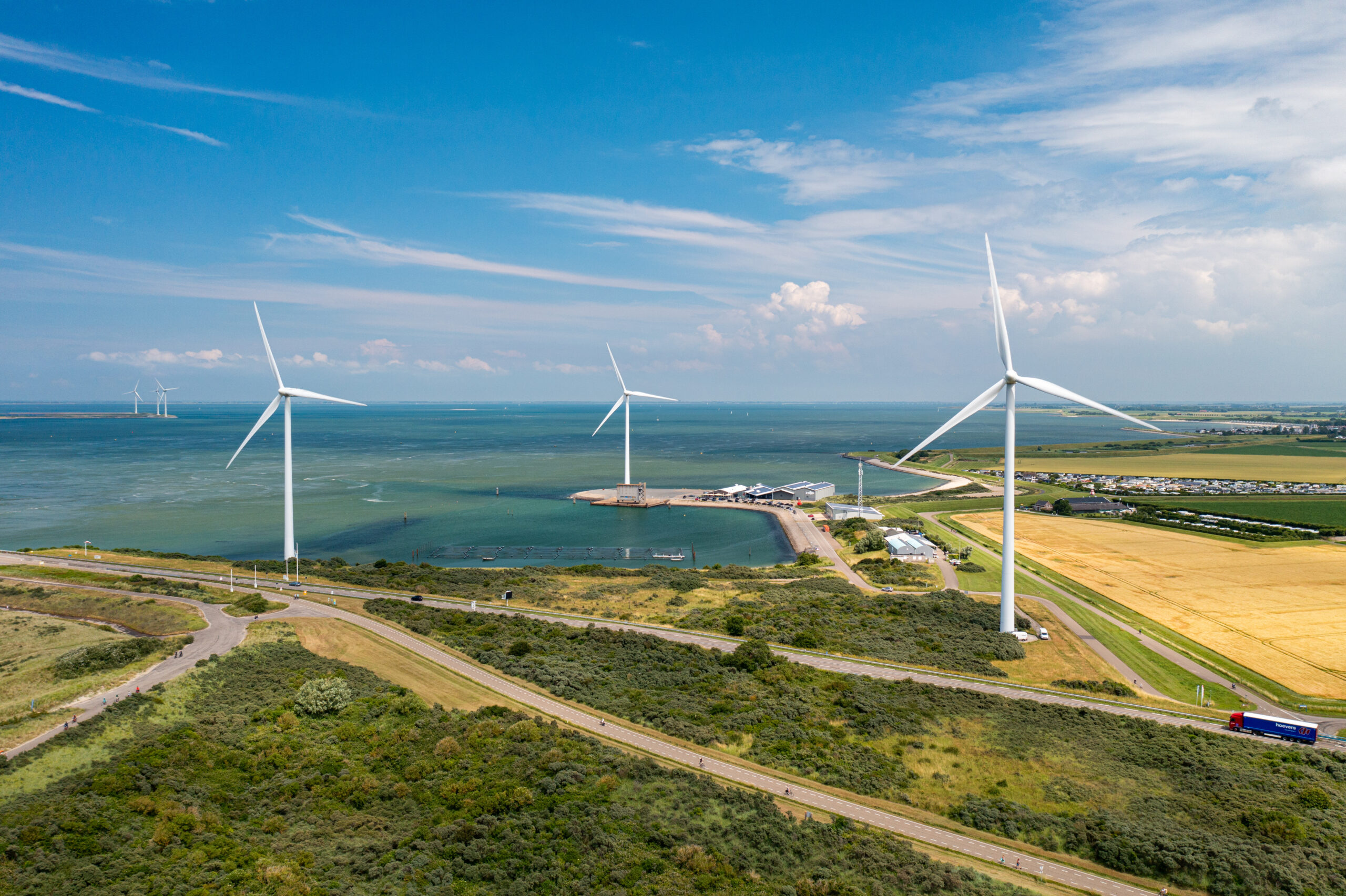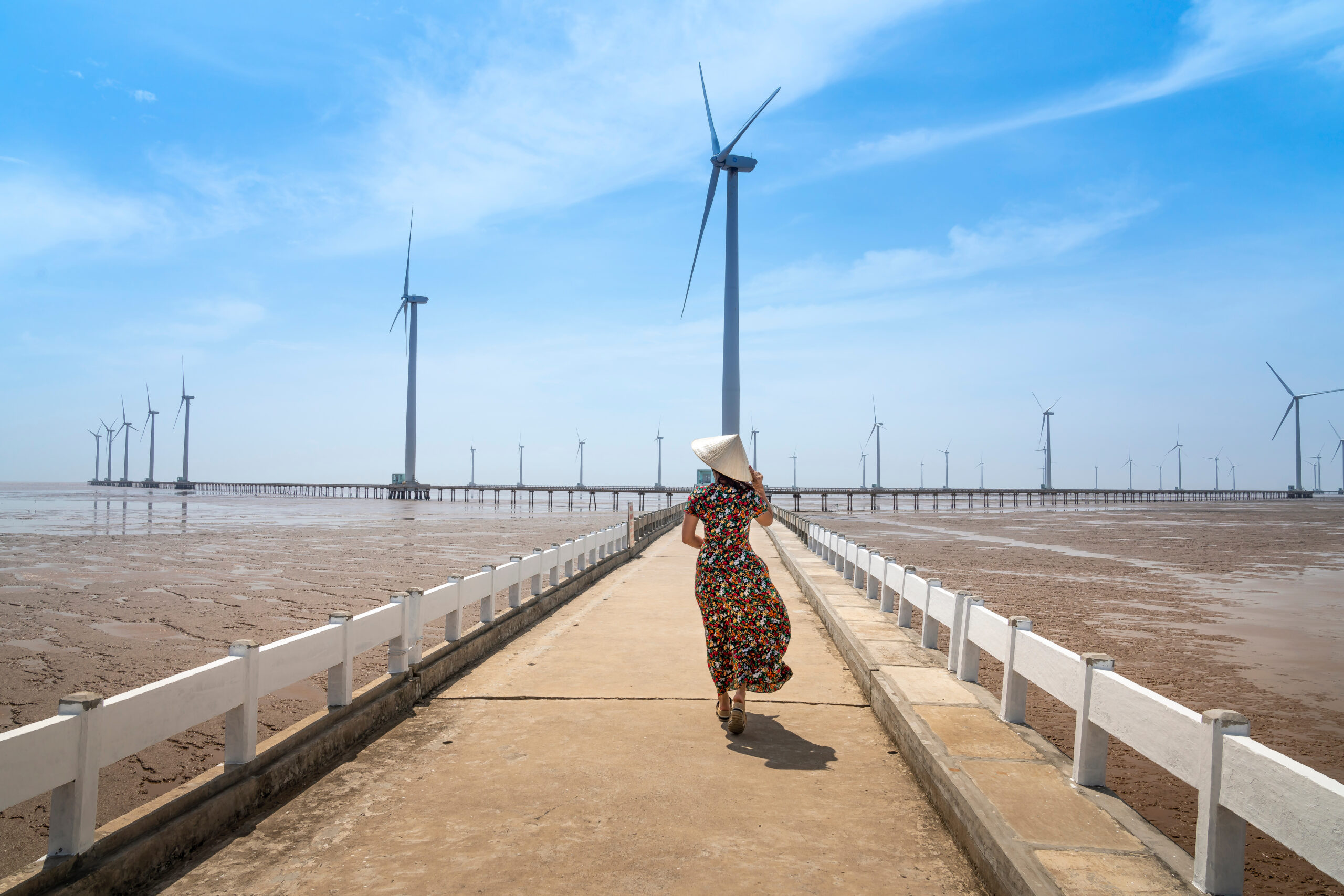Renewables delay risks greater Morocco gas import dependence
The country has been championing the role of renewables in recent years, but delays risk locking in more Morocco gas import dependence.

A recent Morocco gas push reflects efforts to step up its decarbonization strategy whilst ensuring security of supply at a time of increased economic vulnerability for the country’s fiscal balance. Gas has been widely promoted by the country to provide back-up power capacity in efforts to increase the share of renewables in its energy mix, and more importantly to reduce the use of coal.
A 12-year LNG deal signed in July with Anglo-Dutch Shell will help replace Algerian pipeline imports, which stopped in late 2021. Plans to boost domestic production are edging forward too.
But beyond meeting short-term needs, experts say the absence of a clear roadmap to manage both Morocco’s gas supply and demand — to support longer-term decarbonization pathways — are highlighting the current pitfalls of the country’s model and increasing risks of locking in further import and fossil fuel dependence in a volatile global gas landscape.
Lagging on renewables
Morocco has undeniably been championing the role of renewables over the past years, setting itself the goal of boosting their share to 52% of installed capacity by 2030 and 80% by 2040. “The decision to develop more renewables in the late 2000s came after Morocco had to adapt to the stark reality that these were the only natural resources left at its disposal following efforts to find any major hydrocarbon and mining resources proved inconclusive,” said Amin Bennouna, an energy expert researcher and former professor at University Cadi Ayyad in Marrakech.
But despite progress, the country is lagging behind its renewable targets. The share of renewable energy in total installed electricity capacity rose over the past decade from around 25% in 2013 to 34.3% in late 2022, according to IRENA. This is thanks to an increase in solar and wind capacity, boosting the total installed renewable energy capacity from 1743 MW to 3639 MW over the same period, according to the Office National de l’Electricité et de l’Eau Potable (ONEE).
“The commitment to the green transition and boosting renewable energy is genuine,” said Ricardo Fabiani, Director of North Africa at the NGO International Crisis Group.
“The problem is that there have been delays in implementation and execution, which showed internal issues on decision-making and governance,” he told Gas Outlook. As another challenge, Morocco still needs to secure more funding from international financial institutions on which it remains highly dependent, he stressed.
On 29th September, the International Monetary Fund said it had granted a $1.3 billion to Morocco to support it following the earthquake near Marrakesh on 8th September, as well for supporting its transition efforts to a greener economy.
Thermal generation
Delays in renewable projects are one reason for the need to keep thermal power generation running. At end-2022, Morocco had a total of 11 GW of installed power generation capacity, with 6.9 GW of thermal power plants. Out of these, 4.1 GW accounted for coal-fired power plants, 1.1 GW for gas turbines, 0.8 GW of CCGTs, leaving the remainder to facilities running on fuel oil or diesel.
Critically, these fossil fuels are imported, weighing heavy on Morocco’s energy bill and subsidies, especially after the spike in oil, commodities and food prices in the aftermath of Russia’s invasion of Ukraine.
Morocco’s move to sign up to the 0.5 Bcm/year LNG deal with Shell was especially designed to replace Algerian gas to supply the 385MW combined cycle power plant at Tahaddart and the 470MW integrated solar combined cycle plant at Ain Beni Mathar, which has 300MW of gas turbines and a 170MW steam turbine.
The LNG is delivered by Shell at Spanish LNG terminals before being shipped through reverse flows to Morocco via the Gas Maghreb Europe (GME) pipeline, the same pipeline which until end-October 2021, supplied gas from Algeria to Morocco and onwards to Spain. Gas shipments from Algeria stopped then as a supply contract between the two countries through the GME pipeline expired and failed to be renewed amid a breakdown in political relations between the two nations.
LNG imports are not sufficient to cover the two plants’ supply, let alone for a planned capacity expansion at the Tahhadart plant. In addition, more gas-fired plants are planned in efforts to phase out coal-fired plants by 2050 target, and as many coal supply deals are set to expire in 2045.
ONEE launched a tender in May for the construction of a 900MW open-cycle gas-fired plant close to both the Al-Wahda dam and the GME. This will likely boost existing gas demand of around 1 bcm, but the pace of demand growth remains uncertain.
Morocco had hoped to build its own land-based import capacity, including a 5-7 bcm land-based facility in 2015, but capital costs remain a major challenge. Plans to install an FSRU were later floated but have not materialized.
Since then, Morocco has been looking inward and maximising its sources of flexibility including through reverse flows via the GME, even if at a cost. “Being dependent on Spain for imports is perhaps more comfortable at this stage, because Spain needs Morocco more for issues related to immigration and political stability,” Fabiani says.
Domestic production
Boosting existing domestic production – it only amounts 0.11 bcm currently – is another key avenue. Among the most advanced projects, London-based upstream player Chariot is planning to bring 105 mn cfd (1 bcm/year) of gas from 2025 from the 0.64 tcf Anchois offshore discovery located around 40 km off Morocco’s Atlantic coast. The project was fast-tracked in 2022.
In a recent webinar, Pierre Raillard, Chariot’s country manager, said the intention is to supply Morocco’s power sector and industries. The company is in talks with ONHYM to finalise gas sales contracts as soon as possible, he said. Onshore, compatriot Sound Energy is also working on the development of the Tendrara discovery in the north-eastern part of the country with production to be shipped via LNG-trucks to industrial consumers.
In other exploration efforts, Italy’s Eni is planning to drill a wildcat this year on its Tarfaya offshore shallow acreage where it is partnered with QatarEnergy (30%) and Morocco’s state firm ONHYM (25%).
But part of the demand has yet to be identified even if the outlets for replacing the use of fuel oil and coal in industry already exists, Bennouna said. “As for the local offer, a lot still depends on the flow rates that will be extracted from ongoing upstream projects. The approach is to move one piece at a time: it’s about meeting existing demand, and in the meantime, we see what can be discovered and marketed, otherwise we will depend on LNG,” Benounna said. “But at the end of the day, it cannot be worse than the current situation where 90% of our energy and nearly 80% of our electricity remain dependent on imports,” he concluded.



